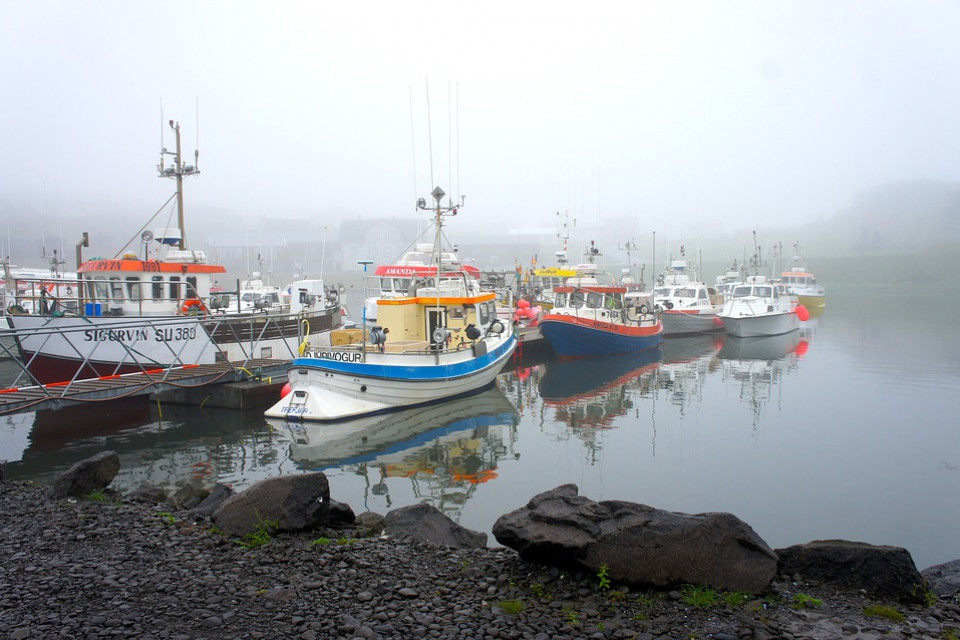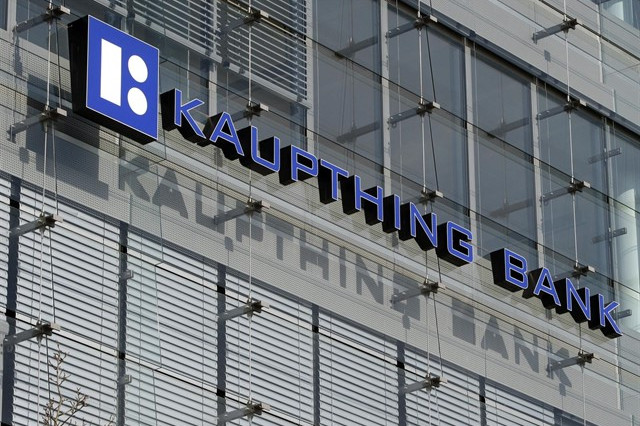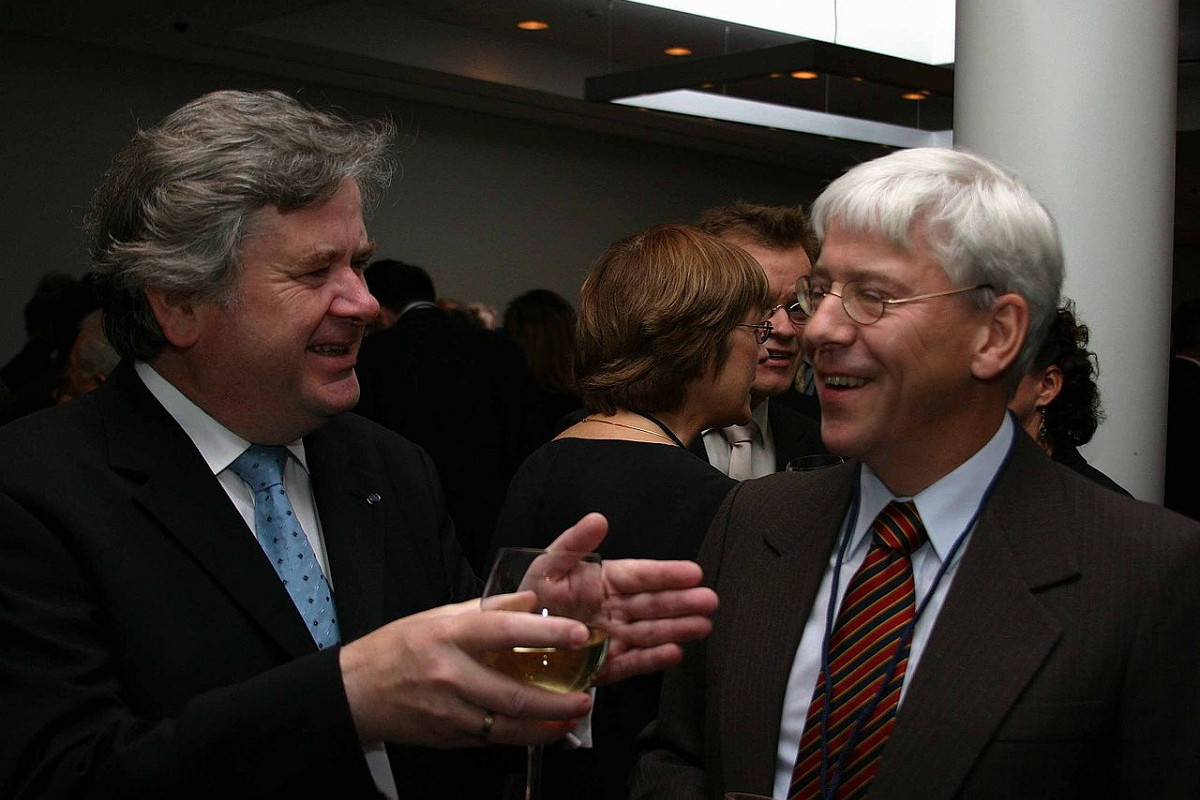When I visited Reykjavik in October 2008 to offer the assistance of the IMF, the situation in the country was critical. The three major banks in Iceland -which represented almost the entire financial system- had just collapsed a week apart. The feeling of fear and the state of shock were evident; few countries, or none, had ever undergone an economic collapse as catastrophic as this.
A source of great concern was that a disorderly depreciation of the exchange rate would be ruinous for households and businesses if not acted upon, and that massive withdrawals of deposits would paralyze what remained of the financial system. The degree of uncertainty was imposing: the three banks held assets worth more than 1000% of GDP, and nobody knew at that time what the magnitude of the losses would be and how they would be divided between Icelanders and foreigners.
Today, three years later, it is worth reflecting on the progress made by Iceland -a country of just 320,000 inhabitants- since those dark days of 2008. The country has once again taken up the path of economic growth, and new jobs are being created: the level of unemployment, although still unacceptably high for a country accustomed to a level close to full employment, has fallen below 7% of the workforce. In June of this year, the government managed to issue sovereign bonds worth US $1 thousand million, which marked the country's return to international financial markets.
In addition, although the level of public debt, which currently stands at around 100% of GDP, is much higher than before the crisis, the implementation of an impressive consolidation programme has once again put the country's fiscal situation on a sustainable trajectory in the last two years. With respect to banks, they have been reduced to a level equivalent to around 200% of GDP, and are now fully recapitalized.
There are, of course, many outstanding issues: among others, the controversial Icesave case related to the dispute over the loss of deposits in the United Kingdom and the Netherlands, but the Icelanders have demonstrated their capacity for resistance and their strength as a people.
They took control of their destiny and implemented some very tough policies that are now paying off.
But the work is not over yet, and efforts need to be redoubled to reduce unemployment and stimulate growth.
REASSEMBLY OF THE PARTS
How did Iceland manage to rebuild the pieces of its economy? The programme that we finally agreed with the Icelandic authorities in a record time comprised four significant elements.
First, a team of lawyers was formed to ensure that the losses of the banks were not absorbed by the public sector. In the end, the public sector naturally had to intervene and ensure that the new banks were sufficiently capitalized, but was left out of the huge losses of the private sector. This was a very significant achievement.
Secondly, the initial objective of the programme was exclusively to stabilise the exchange rate. In this case, unconventional measures were used, particularly capital controls.
Thirdly, the automatic stabilizers were allowed to operate fully during the first year of the programme, which allowed the fiscal adjustment to be delayed. This contributed to prop up the economy at a time of great tensions.
Fourthly, conditionality was rationalized, which focused on the key issue at that time: rebuild the financial sector. Although in the end we would need to implement reforms in some areas of the economy at a more general level, these were not part of the programme.
In summary, the IMF-supported programme to the amount of US $2,100 million provided the necessary room for manoeuvre to the authorities to determine the best way to deal with the enormous challenges and pending tasks.
Given the loan commitments of the Nordic countries and Poland, Iceland was able to start the difficult task of rebuilding its economy.
The government quickly embraced the programme. The authorities promised to implement the agreed measures, but they wanted to do it their own way. One of the prime objectives of the government was to protect the Icelandic welfare state, and that goal was met. "The dynamic cooperation with the IMF helped preserve the Nordic model of well-being in my country," Iceland's Finance Minister Árni Páll Árnason said recently.
OUTSIDE THE TRADITIONAL
In preparing the programme for Iceland, the IMF had to call on policy measures outside of the traditional toolset. This eclectic combination of policies was effective in the case of Iceland, but it is not clear if the lessons learned in this case could be applied to other regions, such as the Euro area currently affected by the crisis.
To examine the crisis and the recovery of Iceland, the IMF and the Icelandic Government have jointly organized a conference to be held on 27th October. In this conference, prestigious economists, such as the Nobel Award in Economics, Paul Krugman, and the international economists Willem Buiter and Simon Johnson, will discuss, together with representatives of civil society and academia and IMF civil servants, if the lessons learned in the case of Iceland can be applied to other regions. Participate in the debate.











